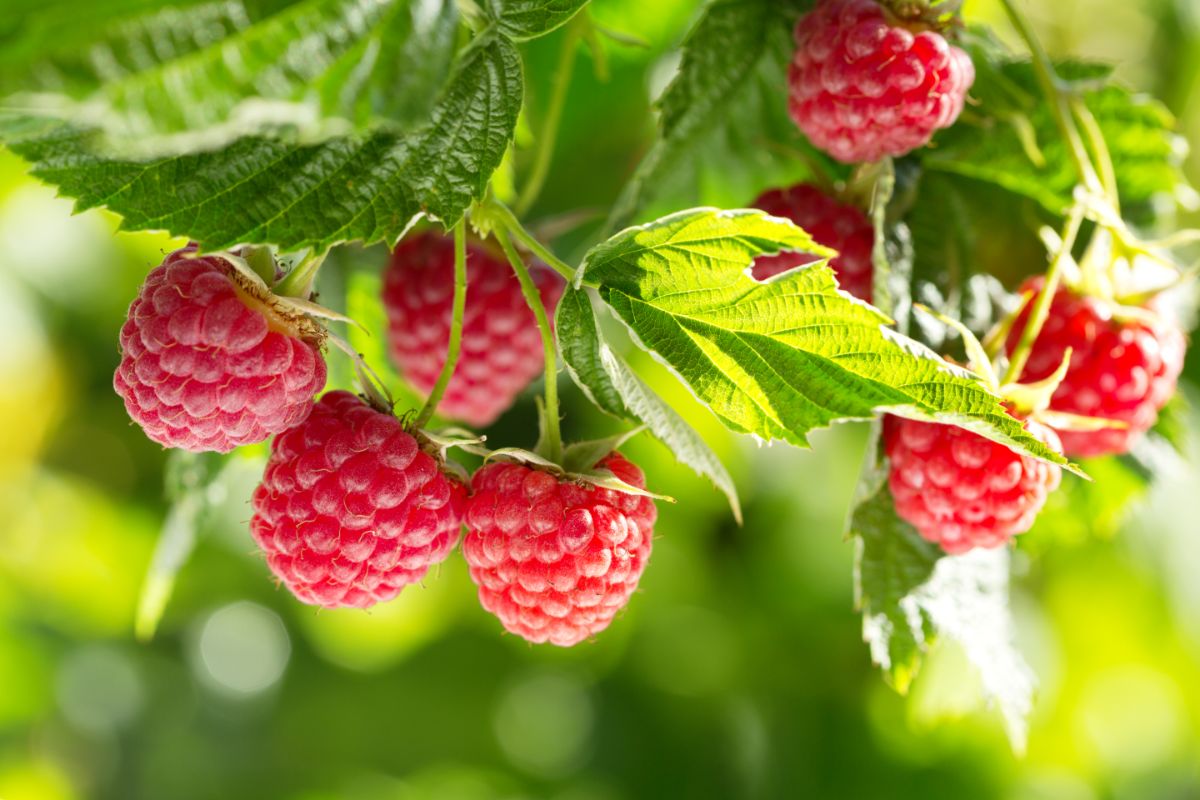
Raspberries are red, violets are blue. But raspberries are also black, white, gold, and pink. They can be categorized by what time of year they bear fruit and if the canes have thorns or are thornless.
To make matters more confusing, black and purple raspberries are fall-bearing. But red raspberries can be either summer or fall-bearing. Gold raspberries follow the pattern for red.
It is helpful to have a little background knowledge when learning to propagate raspberries. If reading about the different raspberry varieties and growth habits gets a bit confusing, here is a summary of terms often used when discussing raspberries.
- Primocanes: this year’s growth. It is green and supple until late summer or fall.
- Floricanes: 2nd-year growth and last year’s primocanes. They have a brown color and are more “woody.”
- Fall-bearing or everbearing: varieties which will fruit in year one at the tip of a primocane and in year two lower down on a floricane. Harvest is spread out over the year in smaller amounts.
- Summer-bearing: fruit only on floricanes (2nd-year canes). Since all the fruit is ripe simultaneously, they are preferred for making jams and jellies, wine, or other preserving methods where a larger batch at one time is a benefit.
- Sucker: a new raspberry plant that sprouts from roots spreading out under the ground.
Jump to:
- How can you tell if you have summer-bearing or fall-bearing raspberries?
- Ways to Propagate Raspberries
- How to Grow Raspberries from Cuttings
- To root a new raspberry cutting in soil:
- How to Propagate Raspberry Plants by Division
- Tips for Growing Raspberries
- Prune Your Raspberries
- Red or Yellow Raspberries
- Black and Purple raspberries
- Soil, Sunlight, and Fertilizer Needs of Raspberries
- Pests
How can you tell if you have summer-bearing or fall-bearing raspberries?
Find a cane that bore fruit last year. Look for the little bracts and stems left from where the berries hung. You probably have a summer-bearing raspberry if the cane looks dried out and dead. Their canes die in the second year after they produce fruit.
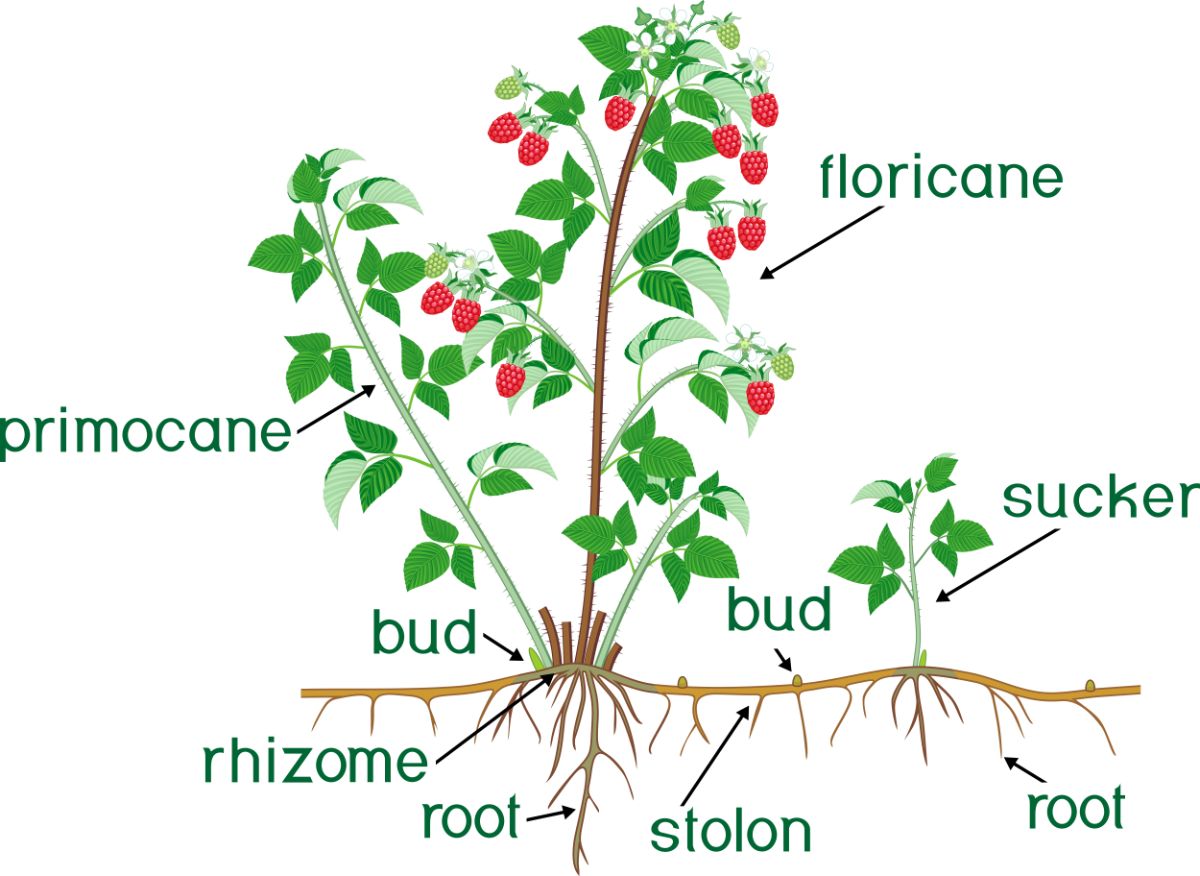
Ways to Propagate Raspberries
Growing your own raspberries is easy and economical. Store-bought raspberries are often expensive and of lower quality, as they do not ship well or keep well.
If you can beat the birds to them, fresh raspberries from your own berry patch are a warm-weather treat not to be missed. Expanding your berry patch is almost as easy as eating the fresh fruits of your labors.
Raspberry stock can be purchased either bare root or as established potted plants from nurseries. However, they may be sold out or simply expensive. Where I live, I seldom see raspberry plants for sale, or if I do, they are of low quality.
When selecting raspberry plants for propagation, inspect the existing plants for vigor and health. Do not attempt to propagate from a patch with disease issues, or you risk spreading the disease to your new patch.
Maybe you already have a berry patch and would like to expand it. Or someone you know has a patch with excellent berries and vigorous plants well-adapted to your locale. Read on to learn how to propagate raspberries with great success.

How to Grow Raspberries from Cuttings
To root a new raspberry cutting in soil:
- Select a piece of stem that has about five leaf nodes.
- Trim it off with sharp scissors or secateurs.
- Gently remove the leaves from the bottom two or three nodes, leaving only the top two or three sets of leaves. The stripped nodes are where roots will develop.
- Optionally, moisten the end of the stem and dip it in a rooting hormone. Raspberries are so easy to root that it’s okay to skip this step.
- Fill a gallon-sized container or pot with well-moistened potting soil, a compost mix, or moist sand.
- Poke the raspberry cutting down into the medium until it hits the bottom of the pot. If you used rooting hormone, make a hole with a pencil first, so the rooting hormone is not pushed off when inserting the cutting into the medium.
- Firm up your starting medium around the stem and place it in a bright location out of direct sunlight.
- Keep the medium moist, but not soggy.
- In 2-3 weeks, you can check the progress of your new raspberry roots by gently giving the stem a little tug. If there is resistance, your raspberry cutting has grown roots. Be careful not to pull it out.
Continue to let it grow until well established. If there is time left in your growing season, your new raspberry can be planted out yet this year. Otherwise, wait until spring.
If overwintering in containers, keep your raspberry planters in a location safe from rabbits and sheltered from the worst of the cold. The soil in pots reaches lower temperatures than in the ground.
How to Propagate Raspberry Plants by Division
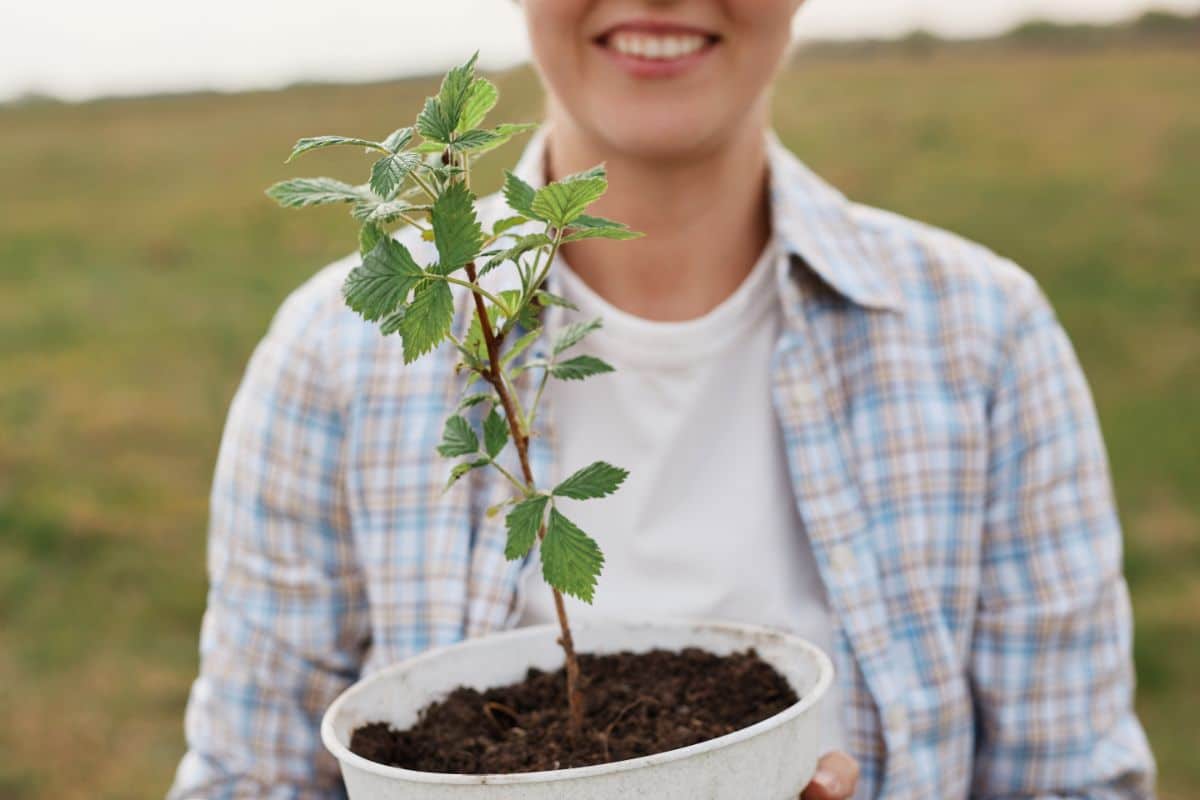
- Select a sucker with a stout, slightly woody stem that is about six inches to a foot tall.
- Dig around a bit at the base with your hands or a trowel, down a couple inches.
- Grasp the plant at the newly exposed below-ground location and pull it up. The connection to the more extensive plant root system will break, but there should be some lateral roots and fine roots still attached. If not, select a new sprout and try again.
- Fill a gallon-sized container with moist potting soil and plant your new raspberry, trimming the roots to fit but taking care not to trim off all of the fine roots that will support the plant.
- If the top foliage is excessive, trim off some lower branches and leaves, so the fledgling root system does not have too much to support.
Tip: it is normal for the top to sag or wilt a bit for the first day after transplanting. This is normal, and the plant should perk up in a day or two. Keep it watered and in bright light but out of direct afternoon sunlight until it is established.
Tips for Growing Raspberries
Raspberries are easy to grow but do need a little annual maintenance. Follow these tips for a healthier raspberry patch and higher yields of delicious, sweet berries.

Prune Your Raspberries
All raspberry varieties should be pruned in late winter. How and what you prune depends on whether you have summer-bearing or fall-bearing raspberries. When pruning old or dead canes, remove and destroy the old material to keep raspberry diseases down.
Red or Yellow Raspberries
For summer-bearing raspberries:
- Start by pruning all dead, damaged, or weak and diseased canes to ground level.
- Prune off any winter dieback on otherwise healthy canes. If there is no winter damage, prune excessively tall canes back by about ¼ their length to keep them from drooping over under the weight of fruit later in the year.
- Unless you are going for an impenetrable and ever-widening thicket, you will have to mow or otherwise kill root sprouts from red raspberries. They can and will sprout from the roots as far as ten feet away from the plant.
You can just mow them if your patch is surrounded by a yard. Beware, mowing them does not kill them. If people walk barefoot in your yard, they may get a prickly surprise.
Young raspberry sprouts are relatively easy to dig up. Loosen the shoot with a shovel, grasp it at the base, and just yank it out.
Tip: Use the sprouts as cuttings to start new plants.
For fall-bearing raspberries: choose the one-crop or two-crop method. Two-crop raspberries can be pruned in the same way as summer-bearing varieties. One crop, as it sounds, will only bear once, but the overall harvest will be a bit bigger.
- Two-crop fall-bearing raspberries can be pruned in the same way as summer-bearing varieties.
- One-crop or fall-only production:
- Prune all canes to the ground in late winter/early spring. They will fruit in the late summer to early fall on this year’s growth–no early summer crop will fruit.
- Like summer-bearing raspberries, keep control of the sprouts and thin your raspberry “hedgerow.”
Tip: keep your raspberry patch to a width of no more than two feet wide to make picking and pruning easier.

Black and Purple raspberries
- In late winter or early spring, prune back or thin the canes to only half a dozen of the strongest, most vigorous canes per crown.
- Prune the lateral branches to about a foot or 18 inches long.
Remember that black, purple, and summer-bearing red raspberries fruit on second-year growth, i.e., last year’s canes. Don’t prune them all off thinking they are dead, or you won’t get any delicious raspberries.
Soil, Sunlight, and Fertilizer Needs of Raspberries
Raspberry likes locations with full sunshine and well-drained soil. They are tolerant of many different soil types but do not do well in heavy clay.
Compost worked into a new raspberry bed is recommended. If your soil is nutrient deficient, a general-purpose fertilizer can be applied in spring.
Pests
Raspberries should not be planted near roses, tomatoes, potatoes, or strawberries to keep them free from Verticillium fungus in the soil, which causes Verticillium wilt.
Raspberry Leaf Spot is another common plant issue and can cause premature leaf drop and smaller fruit yields.
Keeping your raspberry patch pruned and thinned to allow proper air circulation will go a long way toward keeping your patch healthy and disease free.

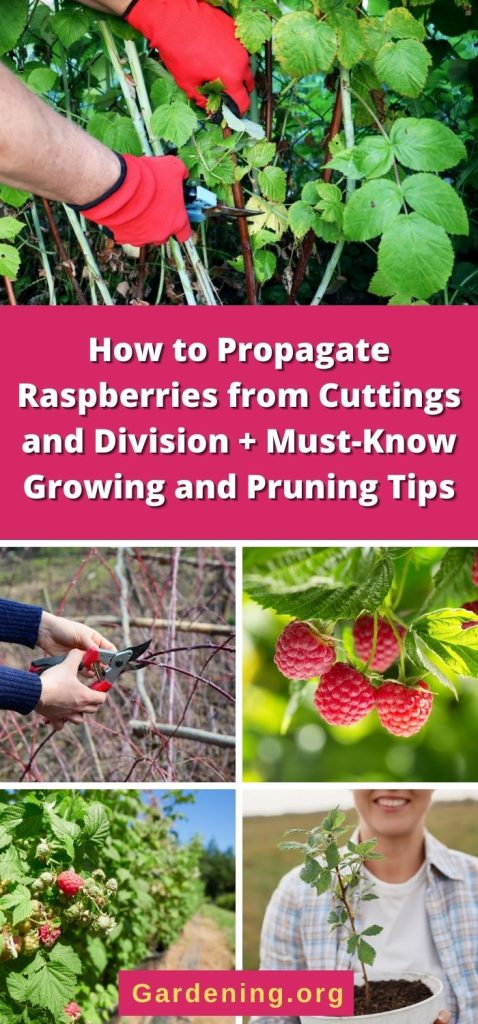
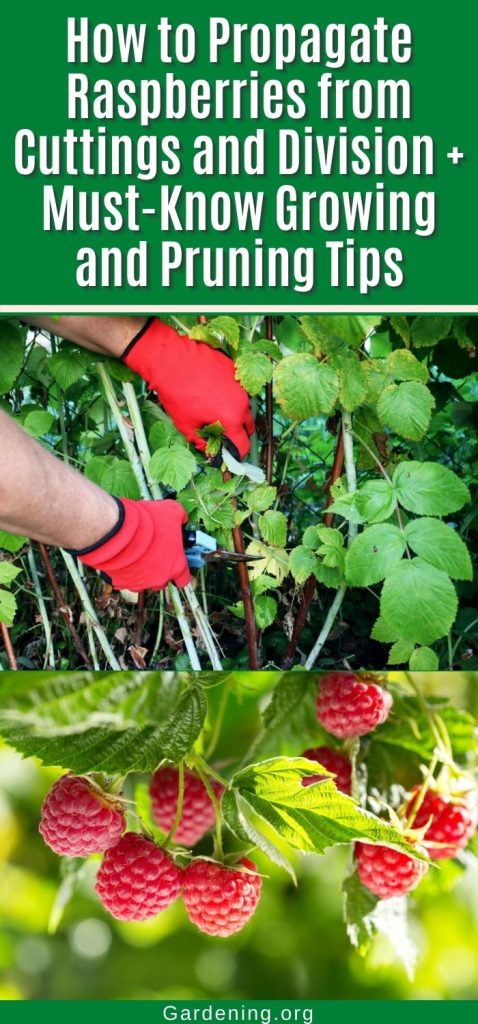
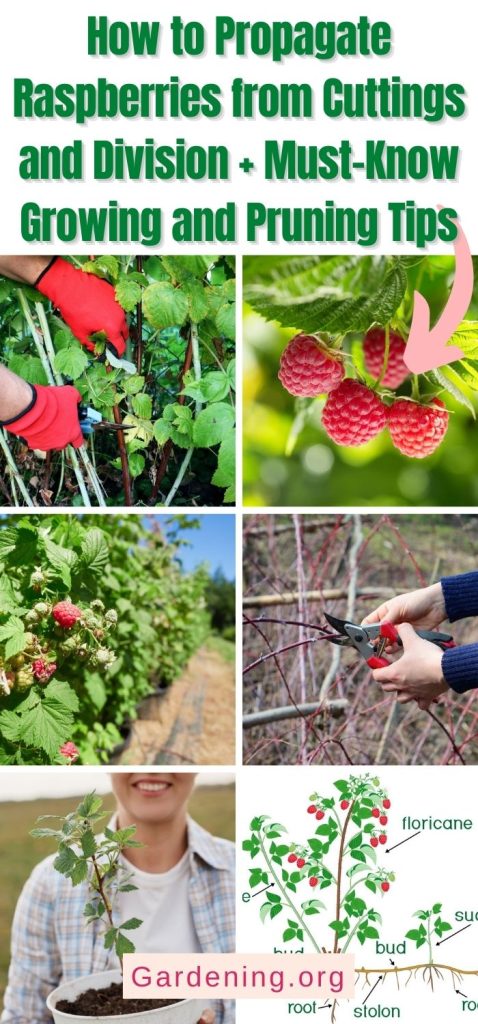
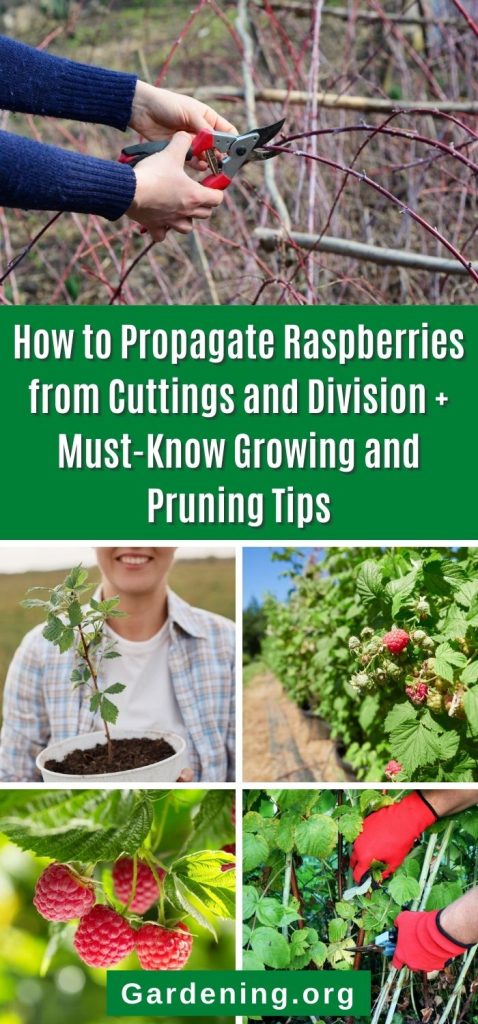
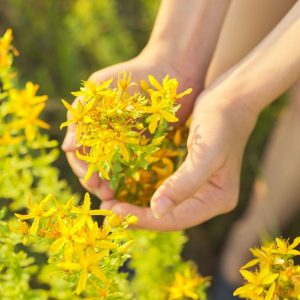



Mary.Coakley
I very much.enjoyed your article on what to grow in October.love your kitten.on the fence